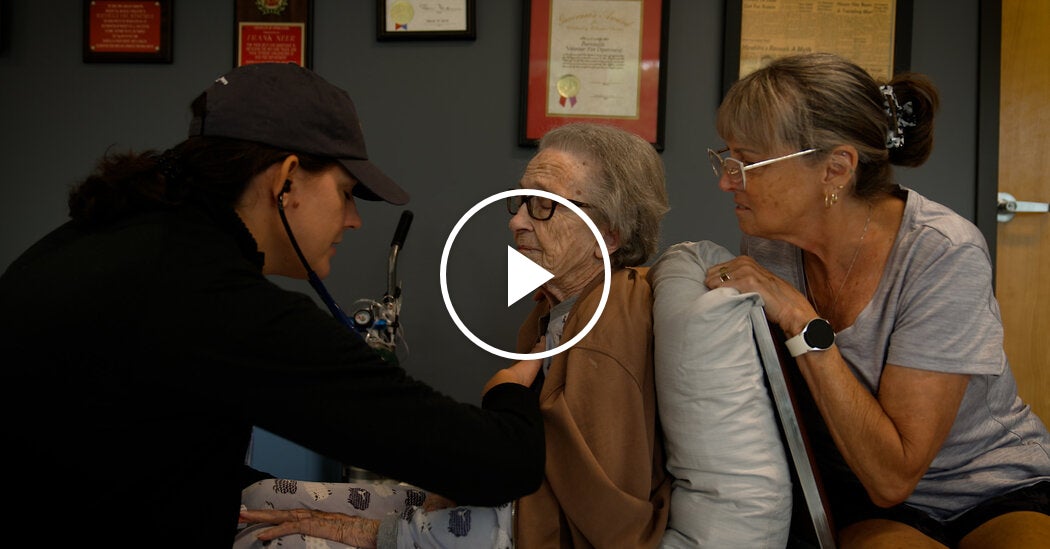
Leanne Patel, clinical pharmacist and Dr. Anthony Crocco, pediatric emergency physician have led a patient safety initiative at McMaster Children’s Hospital that has eliminated the use of codeine, which can be harmful for some children, in pediatric care at the hospital.
For many health care providers, codeine has been somewhat of a household name in the realm of pain management. Codeine, an opioid medication available in various forms, was commonly used to treat mild to moderate pain, and could either be prescribed or purchased without a prescription in some combination products behind the pharmacy counter. In order for codeine to do its work in relieving pain, it first needs to be converted by our bodies into morphine.
But not everyone processes codeine the same. For some, the conversion is more rapid and results in higher concentrations of morphine than intended, posing a risk of toxic levels of morphine in the blood. In children and adolescents, this risk is especially concerning.
“Without genetic testing, we can’t know which patients will convert codeine into more or less morphine, making it unpredictable, and having potentially serious consequences such as decreased breathing or even death,” says Leanne Patel, clinical pharmacist in the emergency department at McMaster Children’s Hospital (MCH).
MORE: THE ASSISTED DYING DEBATE
In 2011, MCH took action to minimize codeine use in pediatric care. Codeine was removed as an option in pediatric order sets, as well as in post-partum care, since codeine may affect infants through breast milk. Instead, morphine was encouraged as a safer alternative.
This patient safety initiative was driven ardently by pediatric pharmacists and physicians, and pre-empted a 2013 recommendation from Health Canada that codeine use be suspended in pediatric patients aged 12 or younger.
Most recently, codeine has been officially removed from the medication formulary across Hamilton Health Sciences for pediatrics and post-partum women, and a decision was made to expand this philosophy to all emergency departments and urgent care centres across the Hamilton Niagara Haldimand Brant Local Health Integration Network, to demonstrate an abundance of caution with the pediatric population.
MORE: SURGICAL TECHNIQUES ON THE HORIZON
Pharmacists at MCH have supported the process change from the beginning with education, resources and follow-up with physician prescribers and learners. The hospital has shared its policy and educational materials with community partners, including smaller community hospitals and pharmacies, to encourage further uptake of the “no-codeine” philosophy for children.
“One of our responsibilities as leaders in pediatric emergency medicine is to work with our community partners to ensure we are all providing the safest, most effective care to children,” says Dr. Anthony Crocco, emergency physician at MCH and head of pediatric emergency medicine at McMaster University.
The post Kids and codeine: Eliminating the risk, for safer pain management appeared first on Hospital News.
SOURCE: Hospital News – Read entire story here.





